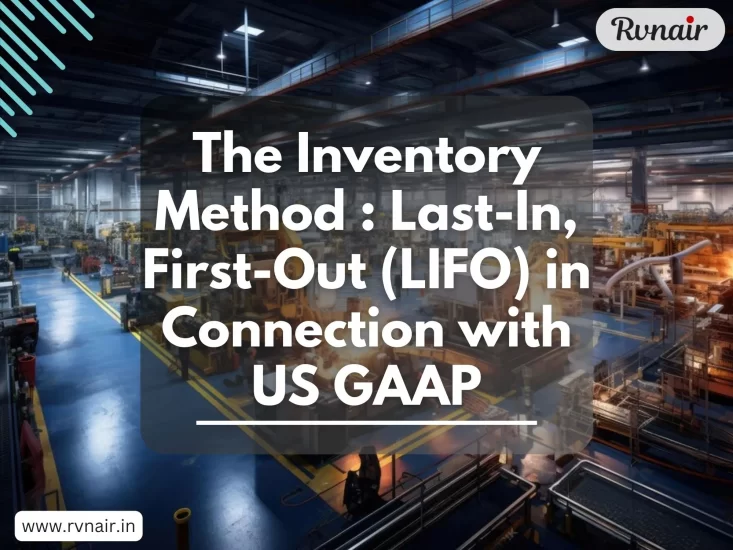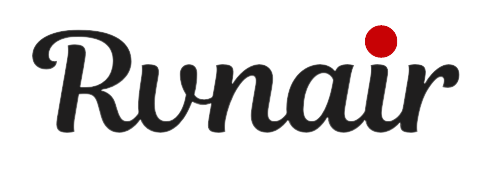
Last-In, First-Out (LIFO) is an inventory valuation method recognized under US Generally Accepted Accounting Principles (GAAP). LIFO assumes that the most recently acquired or produced inventory items are the first to be sold or used, which can significantly impact a company’s financial statements and tax liabilities. This article explores the principles, application, advantages, challenges, and implications of using the LIFO method under US GAAP.
Key Concepts of LIFO
Definition of LIFO:
- Concept: LIFO is an inventory valuation method that assumes the most recently purchased or produced items are sold first.
- Assumption: This method operates on the assumption that the latest costs should be matched against current revenues.
Purpose of LIFO:
- Cost Matching: LIFO aims to match recent costs with current revenues, which can provide a better representation of current profit margins in inflationary environments.
- Tax Advantages: By increasing the cost of goods sold (COGS) in times of rising prices, LIFO can reduce taxable income and thus lower tax liabilities.
Application of LIFO Under US GAAP
Recording Inventory Transactions:
- Purchases: New inventory purchases are recorded at their actual cost.
- Sales: When inventory is sold, the cost of the most recent purchases is transferred from the inventory account to COGS.
Example Calculation:
- Purchases:
- January 1: 100 units @ $10 each
- February 1: 150 units @ $12 each
- March 1: 200 units @ $15 each
- Sales: If 180 units are sold on April 1, under LIFO, the cost of these units will be calculated as follows:
- First 180 units @ $15 = $2,700
- Total COGS = $2,700
- Purchases:
Impact on Financial Statements:
- Balance Sheet: The remaining inventory will consist of older, potentially lower-cost items, resulting in lower inventory values during inflationary periods.
- Income Statement: COGS will reflect the cost of the newest, and often higher, inventory, leading to lower gross profit margins and net income in times of rising prices.
Advantages of Using LIFO
Tax Benefits:
- Lower Taxable Income: By increasing COGS in periods of rising prices, LIFO reduces taxable income and, consequently, tax liabilities.
Better Matching of Costs and Revenues:
- Current Costs: LIFO matches recent costs with current revenues, which can provide a more accurate representation of profit margins in the context of inflation.
Inflation Hedge:
- Cost Impact: LIFO helps mitigate the effects of inflation on financial statements by keeping COGS closer to current market prices, thereby reducing the risk of overstated profits.
Challenges and Considerations with LIFO
Not Permitted Under IFRS:
- International Limitations: LIFO is not allowed under International Financial Reporting Standards (IFRS), which can complicate financial reporting for multinational companies.
Inventory Valuation Issues:
- Lower Inventory Values: LIFO can result in significantly lower inventory values on the balance sheet, which may not reflect the current replacement cost of inventory.
Complex Record Keeping:
- Detailed Tracking: LIFO requires meticulous tracking of inventory layers and costs, which can increase administrative complexity and costs.
Impact on Financial Ratios:
- Lower Profitability: LIFO typically results in lower net income, which can negatively affect financial ratios such as earnings per share and return on equity.
Disclosure Requirements Under US GAAP
Inventory Valuation Method:
- Disclosure: Companies must disclose the inventory valuation method used, including LIFO, in their financial statements.
LIFO Reserve:
- Definition: The LIFO reserve is the difference between inventory valued using LIFO and FIFO or another inventory method.
- Disclosure Requirement: Companies using LIFO must disclose the LIFO reserve to provide insight into the impact of LIFO on financial statements.
Impact on Financial Position:
- Financial Notes: Disclosures should include information on how the use of LIFO affects the financial position and results of operations, including potential implications for taxes and profitability.
Comparison with Other Inventory Methods
LIFO vs. FIFO:
- FIFO Overview: First-In, First-Out (FIFO) assumes the oldest inventory items are sold first.
- Contrast: In inflationary times, FIFO results in lower COGS and higher net income compared to LIFO, which increases COGS and lowers net income.
LIFO vs. Weighted Average Cost:
- Weighted Average: This method averages the cost of all inventory items available for sale during the period.
- Comparison: LIFO typically results in higher COGS and lower inventory values compared to the weighted average method during periods of rising prices.
Industry-Specific Considerations
Manufacturing:
- Cost Volatility: In industries with volatile material costs, LIFO can provide a more accurate reflection of current production costs in COGS.
Retail:
- Inventory Turnover: Retailers may use LIFO to better match the cost of rapidly changing inventory with sales revenues, particularly in sectors with frequent price changes.
Oil and Gas:
- Commodity Prices: Companies in the oil and gas industry often benefit from LIFO as it helps align COGS with the latest commodity prices, which can be highly volatile.
Case Study: LIFO in Practice
Example Company:
- Scenario: An oil company, OilCo, uses LIFO for inventory accounting. The company operates in an environment with fluctuating oil prices.
- Application: OilCo purchases inventory at varying costs throughout the year and records COGS based on the latest purchase costs.
- Outcome: OilCo reports higher COGS and lower taxable income during periods of rising oil prices, leading to significant tax savings.
Financial Analysis:
- Profitability Impact: OilCo’s net income is lower due to higher COGS, but the company benefits from reduced tax liabilities.
- Balance Sheet Effect: The company’s ending inventory value is lower, reflecting older, lower-cost inventory.
Regulatory and Compliance Considerations
LIFO Conformity Rule:
- Requirement: Under the LIFO conformity rule, a company that uses LIFO for tax reporting must also use LIFO for financial reporting.
Tax Implications:
- Deferred Taxes: LIFO can result in deferred tax liabilities as the tax savings realized in the current period may need to be repaid in future periods if inventory levels decrease.
LIFO Liquidation:
- Definition: LIFO liquidation occurs when a company sells more inventory than it purchases, leading to the liquidation of older, lower-cost inventory layers.
- Impact: This can result in higher taxable income and an increase in reported profits, potentially reversing the tax benefits of LIFO.
Conclusion
Last-In, First-Out (LIFO) is a strategic inventory valuation method under US GAAP that offers significant advantages, particularly in terms of tax savings and cost matching in inflationary environments. However, it also presents challenges, including complex record keeping, lower inventory valuations, and compliance considerations. Businesses must weigh these factors carefully and ensure proper disclosure and alignment with US GAAP requirements to effectively implement and benefit from LIFO.
